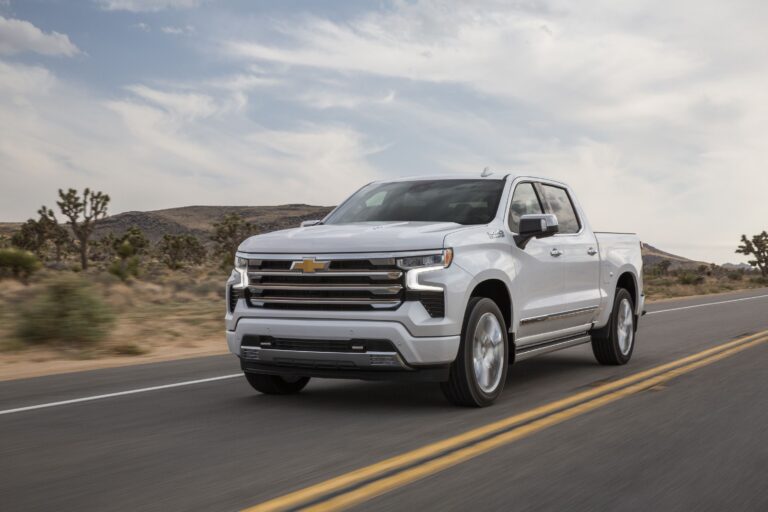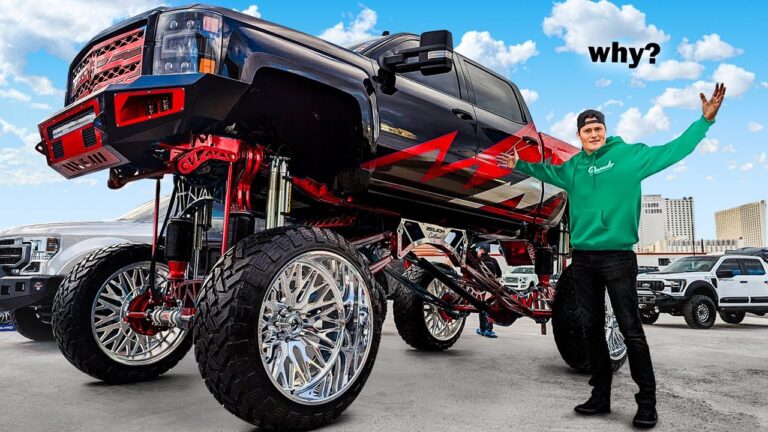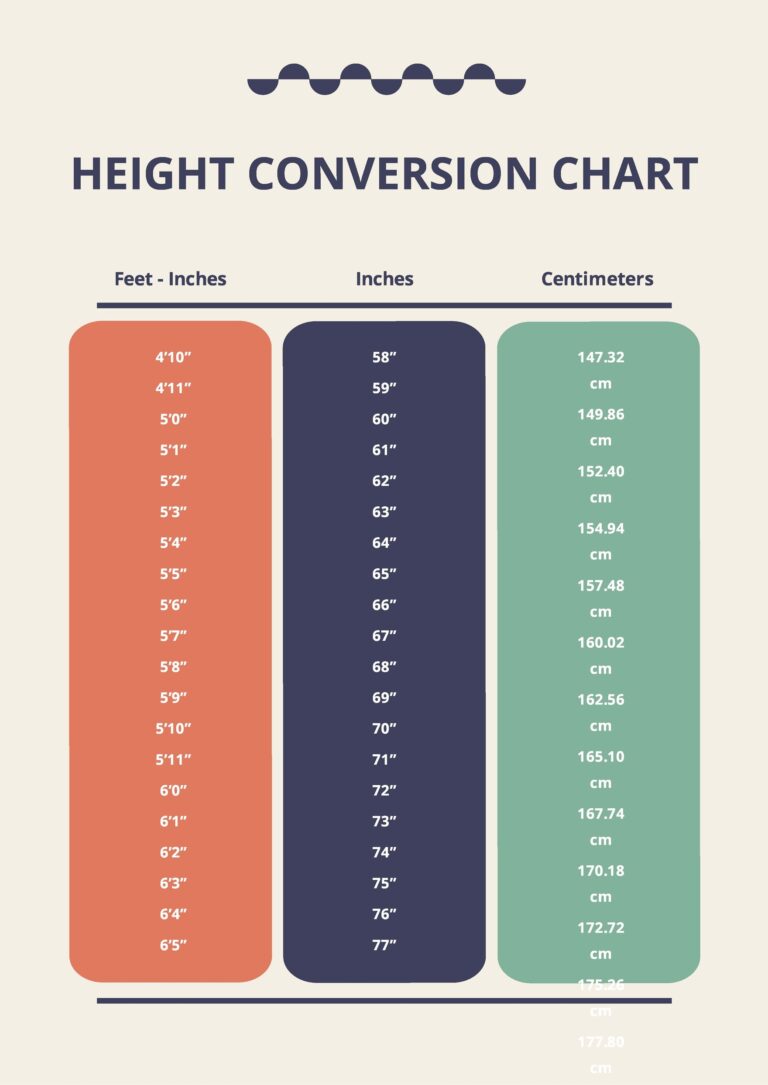Used Chevy Silverado Pickup Trucks For Sale: Your Ultimate Buying Guide
Used Chevy Silverado Pickup Trucks For Sale: Your Ultimate Buying Guide cars.truckstrend.com
The Chevrolet Silverado, a name synonymous with American strength, reliability, and capability, has been a cornerstone of the full-size pickup truck market for decades. From hauling heavy loads on the job site to embarking on weekend adventures with the family, the Silverado consistently delivers. While a brand-new Silverado certainly has its appeal, the market for used Chevy Silverado pickup trucks for sale offers an incredibly compelling proposition. It’s an opportunity to acquire a robust, versatile, and highly capable vehicle at a fraction of the cost, making it an intelligent choice for budget-conscious buyers who refuse to compromise on performance.
This comprehensive guide will navigate you through the world of used Chevy Silverado trucks, equipping you with the knowledge and insights needed to make an informed and satisfying purchase. Whether you’re a first-time truck buyer or a seasoned enthusiast looking for your next workhorse, understanding the nuances of the used market is key to finding the perfect Silverado to meet your needs.
Used Chevy Silverado Pickup Trucks For Sale: Your Ultimate Buying Guide
Why Choose a Used Chevy Silverado?
Opting for a used Chevy Silverado isn’t just about saving money; it’s about smart value. Here’s why these pre-owned powerhouses continue to be a top choice:
- Significant Cost Savings: The most obvious benefit. New vehicles depreciate rapidly in their first few years. Buying used means letting someone else take the biggest hit, allowing you to get more truck for your money.
- Proven Reliability and Durability: Silverados are built to last. Many models, especially those with the legendary small-block V8 engines, are known for their longevity when properly maintained, easily reaching 200,000 miles or more.
- Wide Availability and Variety: The sheer volume of Silverados sold over the years means a vast used market. You’ll find a diverse range of model years, trim levels (WT, LS, LT, LTZ, High Country, RST, Trail Boss), engine configurations, cab styles (Regular, Extended, Crew), and bed lengths, making it easier to find one that perfectly matches your requirements.
- Slower Future Depreciation: Since the initial steep depreciation has already occurred, a used Silverado will generally hold its value better over your ownership period compared to a new one.
- Customization Potential: A used truck can be an excellent canvas for personalization, whether it’s for off-road upgrades, towing enhancements, or aesthetic modifications. The savings from buying used can be put towards these improvements.

Key Generations and What to Look For
Understanding the different generations of the Silverado can help you pinpoint the right truck for your needs and identify potential areas of concern.
GMT800 (1999-2006, with 2007 "Classic" models)
This generation established the Silverado’s reputation for ruggedness.
- Engines: Reliable V8s (4.8L, 5.3L, 6.0L, 8.1L) are common, along with V6 options.
- Pros: Very durable, relatively simple mechanics, parts are abundant and affordable.
- Cons: Older interior design, can suffer from rust (especially rocker panels, cab corners, and bed), fuel pump issues, occasional transmission (4L60E) problems, and steering shaft clunk.
- What to Look For: Extensive rust, engine knocking or excessive oil consumption (especially 5.3L), rough shifting, and check for any check engine lights.
GMT900 (2007-2013)
A significant redesign brought improved styling, interiors, and ride quality.
- Engines: Continued with updated V8s (4.8L, 5.3L, 6.0L, 6.2L) featuring Active Fuel Management (AFM) on many 5.3L and 6.0L engines.
- Pros: More refined ride, better fuel economy (with AFM), improved safety features.
- Cons: AFM can lead to excessive oil consumption and lifter failure (a common and costly issue for 5.3L and some 6.0L engines), persistent rust issues in similar areas as GMT800, some electrical gremlins.
- What to Look For: Signs of excessive oil consumption, engine ticking/knocking, rust, and proper operation of all electronics.
K2XX (2014-2018)
Another comprehensive redesign, focusing on efficiency, interior refinement, and connectivity.
- Engines: Ecotec3 V6 (4.3L) and V8s (5.3L, 6.2L) with improved AFM and direct injection. Later models introduced the 8-speed automatic transmission.
- Pros: Modern interior, quieter cabin, better fuel efficiency, enhanced towing capabilities, more advanced safety features.
- Cons: AFM/Direct Injection can still be a concern for some engines (though less prevalent than GMT900), some reports of 8-speed transmission issues (harsh shifts), potential for infotainment system glitches.
- What to Look For: Service history showing oil changes, smooth transmission shifts, and functionality of all infotainment and electronic features.
T1XX (2019-Present)
The latest generation offers even more powertrain options, advanced technology, and revised styling.
- Engines: A wide range including 2.7L Turbo I4, 4.3L V6, 5.3L V8 (with Dynamic Fuel Management – DFM, an evolution of AFM), 6.2L V8, and 3.0L Duramax I6 Diesel.
- Pros: Cutting-edge technology, improved interior space, excellent towing capacity, diverse powertrain options, and strong performance.
- Cons: Higher price point even for used models, newer technology means more complex systems, some initial complaints about 10-speed transmission software.
- What to Look For: Detailed service records, especially for the newer powertrains, and ensure all advanced driver-assistance systems (if equipped) are functioning correctly.
What to Consider Before Buying
A used truck purchase requires careful consideration to ensure you get the right vehicle at the right price.
1. Define Your Needs and Budget
- Intended Use: Will it be a daily driver, a work truck, for towing, off-roading, or a family vehicle? This dictates the necessary cab style (Regular, Double/Extended, Crew Cab), bed length, engine size, and whether 2WD or 4WD is essential.
- Budget: Beyond the purchase price, factor in insurance costs, fuel economy (especially with larger V8s), maintenance, and potential repairs.
2. Research and Market Value
- Use online resources like Kelley Blue Book (KBB), NADA Guides, and Edmunds to determine fair market values based on year, mileage, trim, and condition. This knowledge empowers you during negotiation.
- Compare prices of similar models from different sellers in your area.
3. Vehicle History Report (VHR)
- Always obtain a Vehicle History Report from services like CarFax or AutoCheck using the truck’s VIN. This report can reveal:
- Accident history and structural damage
- Flood damage or salvage titles
- Service records and maintenance history
- Odometer discrepancies
- Number of previous owners
- Lien status
- A clean VHR doesn’t guarantee a perfect truck, but it’s a crucial starting point.
4. Comprehensive Inspection
- Exterior: Look for rust, mismatched paint (indicating bodywork), panel gaps, and tire condition (even wear is good).
- Underneath: Inspect the frame for rust, bends, or cracks. Check for leaks from the engine, transmission, or differentials.
- Engine Bay: Look for fluid leaks, frayed belts, cracked hoses, and any signs of poor maintenance. Check fluid levels and color.
- Interior: Assess wear and tear on seats, carpets, and controls. Test all electronics: windows, locks, radio, AC/heat, lights, gauges.
- Brakes: Check for pulsating when braking or grinding noises.
- Suspension: Bounce each corner of the truck to check shock absorbers. Listen for clunks or squeaks over bumps.
5. The Test Drive
- Drive the truck in various conditions: city streets, highway, and if possible, some rougher terrain (if considering 4WD).
- Listen: For unusual noises (knocks, squeals, grinding, clunks).
- Feel: For smooth acceleration, proper gear shifts (no slipping or harsh jerks), responsive steering (no excessive play), and effective braking.
- Test the 4WD system if equipped.
- Pay attention to any warning lights on the dashboard.
6. Pre-Purchase Inspection (PPI)
- This is arguably the most critical step. Have an independent, trusted mechanic perform a thorough inspection before you buy, even if the truck comes from a reputable dealer. They can identify issues that you might miss, potentially saving you thousands in future repairs.
Where to Find Used Silverados
- Dealerships (New and Used): Often offer Certified Pre-Owned (CPO) options with warranties, reconditioning, and stricter inspection processes. They typically have higher prices but offer more consumer protection.
- Private Sellers: Can offer lower prices and more room for negotiation, but come with less recourse if problems arise. You’ll need to be more vigilant with inspections.
- Online Marketplaces: Websites like AutoTrader, Cars.com, CarGurus, Facebook Marketplace, and Craigslist offer a vast selection from both dealers and private sellers. Be wary of scams.
- Auctions: Government, fleet, or salvage auctions can offer very low prices but carry significant risks, as vehicles are often sold "as-is" with little to no opportunity for inspection. Best for experienced buyers.
Negotiating the Price
Armed with your research and inspection results, you’re ready to negotiate.
- Know Your Limit: Set a maximum price you’re willing to pay and stick to it.
- Highlight Flaws: Use any issues found during your inspection or revealed by the VHR as leverage to negotiate a lower price.
- Be Patient: Don’t feel pressured to buy the first truck you see. There are many Silverados out there.
- Consider Total Cost: Factor in taxes, registration fees, and any immediate repairs when calculating your final offer.
Estimated Used Chevy Silverado Price Table
Note: These prices are estimates and can vary significantly based on vehicle condition, mileage, trim level, engine, region, current market demand, and additional features. Always perform your own research and inspection.
| Generation / Year Range | Trim / Engine Examples | Typical Mileage Range | Estimated Price Range (USD) | Key Considerations |
|---|---|---|---|---|
| GMT800 (1999-2006/07 Classic) | WT, LS, LT (4.8L, 5.3L V8) | 150,000 – 250,000+ | $5,000 – $12,000 | Rust, fuel pump, transmission, simpler tech |
| GMT900 (2007-2013) | WT, LS, LT, LTZ (5.3L, 6.0L V8) | 100,000 – 200,000 | $8,000 – $18,000 | AFM issues, rust, improved ride |
| K2XX (2014-2018) | WT, LT, LTZ, High Country (5.3L, 6.2L V8) | 60,000 – 150,000 | $15,000 – $30,000 | AFM/Direct Injection, 8-speed transmission, modern interior |
| T1XX (2019-Present) | WT, Custom, LT, RST, Trail Boss, LTZ, High Country (2.7L, 5.3L, 6.2L V8, 3.0L Diesel) | 20,000 – 100,000 | $25,000 – $50,000+ | Latest tech, DFM, diesel option, higher initial cost |
Post-Purchase Checklist
Once you’ve sealed the deal on your used Silverado, a few final steps ensure a smooth transition:
- Title Transfer & Registration: Promptly transfer the title and register the vehicle in your name according to your state’s laws.
- Full Mechanical Inspection: Even after a PPI, a comprehensive check by your trusted mechanic for preventative maintenance is wise.
- Fluid Changes: Change engine oil, transmission fluid, differential fluid, coolant, and brake fluid if their service history is unknown or overdue.
- Tire Rotation/Replacement: Ensure tires are in good condition and properly inflated.
- Address Immediate Issues: Tackle any minor repairs or maintenance items identified during inspection.
Frequently Asked Questions (FAQ)
Q1: What’s the "best" year for a used Chevy Silverado?
A1: There’s no single "best" year, as it depends on your budget and needs.
- For maximum value and rugged simplicity, earlier GMT800 (1999-2006) models are excellent.
- For a balance of modern features and affordability, K2XX (2014-2018) offers a good compromise.
- For the latest tech and capabilities, T1XX (2019+) is ideal if your budget allows. Be mindful of known issues for each generation (e.g., AFM on GMT900/K2XX models).
Q2: What’s considered good mileage for a used Silverado?
A2: For a well-maintained Silverado, mileage is less critical than condition. While lower mileage is always preferable, a Silverado with 150,000-200,000 miles can still be a reliable workhorse if it has a consistent service history and passes a thorough inspection. These trucks are built for the long haul.
Q3: Are used Silverados reliable?
A3: Generally, yes. Silverados, particularly those with the robust V8 engines, have a strong reputation for reliability and durability. However, like any vehicle, reliability heavily depends on previous maintenance, driving habits, and addressing common issues for specific model years (e.g., AFM/DFM system, transmission performance, rust).
Q4: What are the most common problems to watch out for in a used Silverado?
A4:
- Rust: Especially on older models, look for rust on rocker panels, cab corners, wheel wells, and the frame.
- Active Fuel Management (AFM)/Dynamic Fuel Management (DFM): Found on many V8 engines, these systems can lead to excessive oil consumption and lifter failure. Listen for engine ticking or knocking.
- Transmission Issues: While generally robust, some transmissions (e.g., 4L60E in older models, 8-speed in K2XX) can have shifting issues.
- Fuel Pump: A common failure point on GMT800 models.
- Electrical Gremlins: Less common, but can occur, especially with power windows, door locks, or infotainment systems.
Q5: Should I buy a used Silverado from a dealer or a private seller?
A5:
- Dealer: Pros include potential warranties (especially CPO), financing options, and a more streamlined purchasing process. Cons are generally higher prices and potential sales pressure.
- Private Seller: Pros include lower prices and more negotiation flexibility. Cons are no warranty, "as-is" sales, and you’re solely responsible for due diligence.
Conclusion
The market for used Chevy Silverado pickup trucks offers an unparalleled opportunity to own a powerful, versatile, and dependable vehicle without the new car price tag. By understanding the different generations, knowing what to look for during inspection, and leveraging practical advice, you can confidently navigate the buying process. A well-chosen used Silverado is more than just a truck; it’s a long-term investment that will serve your work and lifestyle needs for years to come, embodying the spirit of American strength and utility. With careful research and a thorough pre-purchase inspection, you’ll be well on your way to finding the perfect pre-owned Silverado that’s ready for its next adventure with you behind the wheel.





